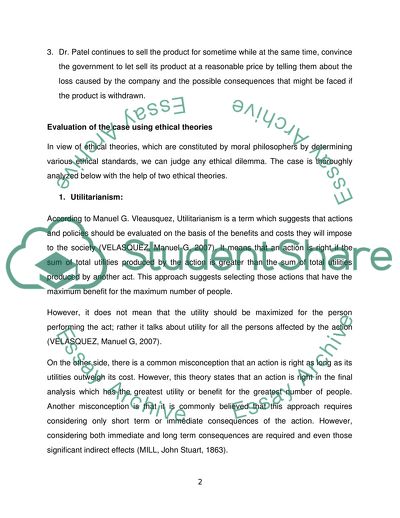Cite this document
(Application of Ethical Theory to a Case Study Vignette Coursework, n.d.)
Application of Ethical Theory to a Case Study Vignette Coursework. https://studentshare.org/ethics/1746778-business-and-society
Application of Ethical Theory to a Case Study Vignette Coursework. https://studentshare.org/ethics/1746778-business-and-society
(Application of Ethical Theory to a Case Study Vignette Coursework)
Application of Ethical Theory to a Case Study Vignette Coursework. https://studentshare.org/ethics/1746778-business-and-society.
Application of Ethical Theory to a Case Study Vignette Coursework. https://studentshare.org/ethics/1746778-business-and-society.
“Application of Ethical Theory to a Case Study Vignette Coursework”. https://studentshare.org/ethics/1746778-business-and-society.


